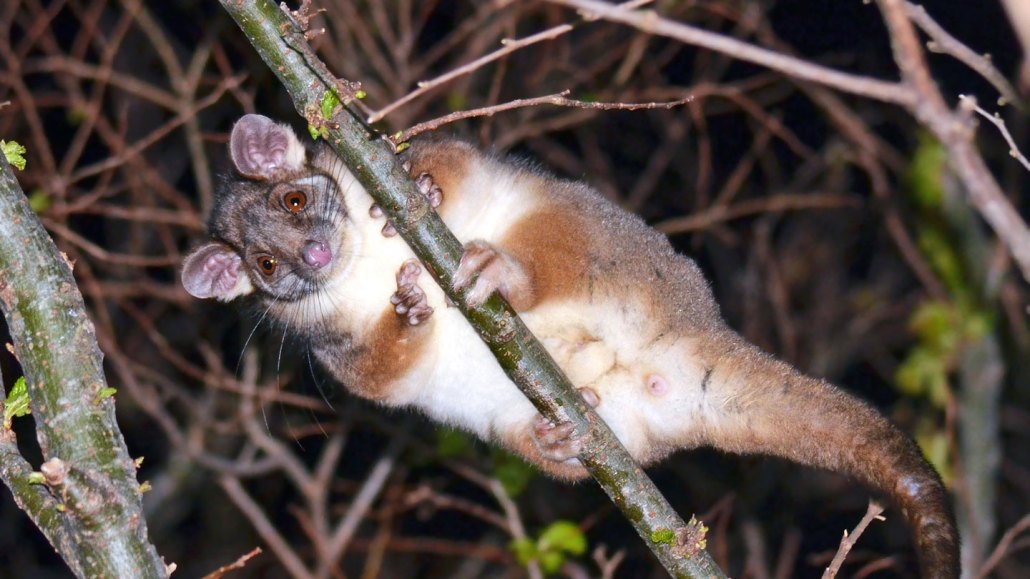
Some mosquitoes in southeastern Australia feed on both common ringtail possums (Pseudocheirus peregrinus, pictured) and people, providing a link to transmit a flesh-eating disease from the possums to humans.
KarenHBlack/iStock/Getty Images Plus

Some mosquitoes in southeastern Australia feed on both common ringtail possums (Pseudocheirus peregrinus, pictured) and people, providing a link to transmit a flesh-eating disease from the possums to humans.
KarenHBlack/iStock/Getty Images Plus